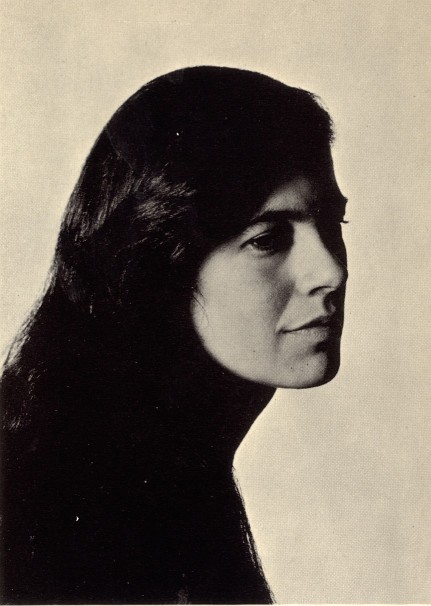 “
‘We’–this ‘we’ is everyone
who has never experienced anything like what they went through-–don’t
understand.”
“
‘We’–this ‘we’ is everyone
who has never experienced anything like what they went through-–don’t
understand.” “
‘We’–this ‘we’ is everyone
who has never experienced anything like what they went through-–don’t
understand.”
“
‘We’–this ‘we’ is everyone
who has never experienced anything like what they went through-–don’t
understand.”
125.
Summarizing Susan Sontag' critique of image mediated knowledge
One
". . . might reply, that the photographs supply no evidence, none at all, for renouncing war–except to those for whom the notions of valor and sacrifice have been emptied of meaning and credibility."
p.12.
Two
"Being a spectator of calamities taking place in another country is the quintessential modern experience, the cumulative offering by more than a century and a half's worth of those professional, specialized tourists known as journalists."
p. 18
Three:
“showing bodies in pain is as keen, almost, as the desire for ones that show bodies naked.” 41.
Four:
“The camera brings the viewer close, too close; supplemented by a magnifying glass–the terrible distinctness of the pictures gives unnecessary, indecent information.”
63.
Five:
“The photograph gives mixed signals.”
75.PHOTOGRAPHS OBJECTIFY: they turn an event or a person into something that can be possessed. And photographs are a species of alchemy, for all that they are prized as a transparent account of reality.”
81.
Six
“I argued that while an event known through photographed certainly becomes more real than it would have been had one never seen the photographs, after repeated exposure it also becomes less real.”
As much as they create sympathy, . . . photographs shrivel sympathy.”
95.Seven
“The feeling persists that the appetite for such images is a vulgar or low appetite; that it is commercial ghoulishness.”
112.
Eight“PARKED IN FRONT of the little screens–television, computer, palmtop–we can surf images and brief reports of disasters throughout the world. It seems as if there is a greater quantity of such news than before.”
116.“It is felt that there is something morally wrong with the abstract of reality offered by photography; that one has no right to experience the suffering of others at a distance, denuded of its raw power;
118.
Nine
“The strong emotion will become a transient one.”
121.
“The photographer’s intentions are irrelevant to this larger process.”
122.
Susan Sontag, Regarding the Pain of Others, (2003).
A key link to effectively tie her, Sontag to Postman:
“To set aside the sympathy we extend to others beset by war and murderous politics for a reflection on how our own privileges are located on the same map as their suffering, and may--in ways we might prefer not to imagine--be linked to their suffering, as the wealth of some may imply the destitution of others is a task...."
102-03.
The ten lessons of Postman and Sontag
Walter Lippmann – first among American journalists from 1914 to 1965.
Overseas, or Foreign Press a sampling
USA print media, daily newspapers
William , Come Home, America
George Lakoff, The Political Mind
Let Us Now Praise Famous Men, Walker Evans and James Agee, 1941.
Technology indexlandscape index
words index
map index
photograph index